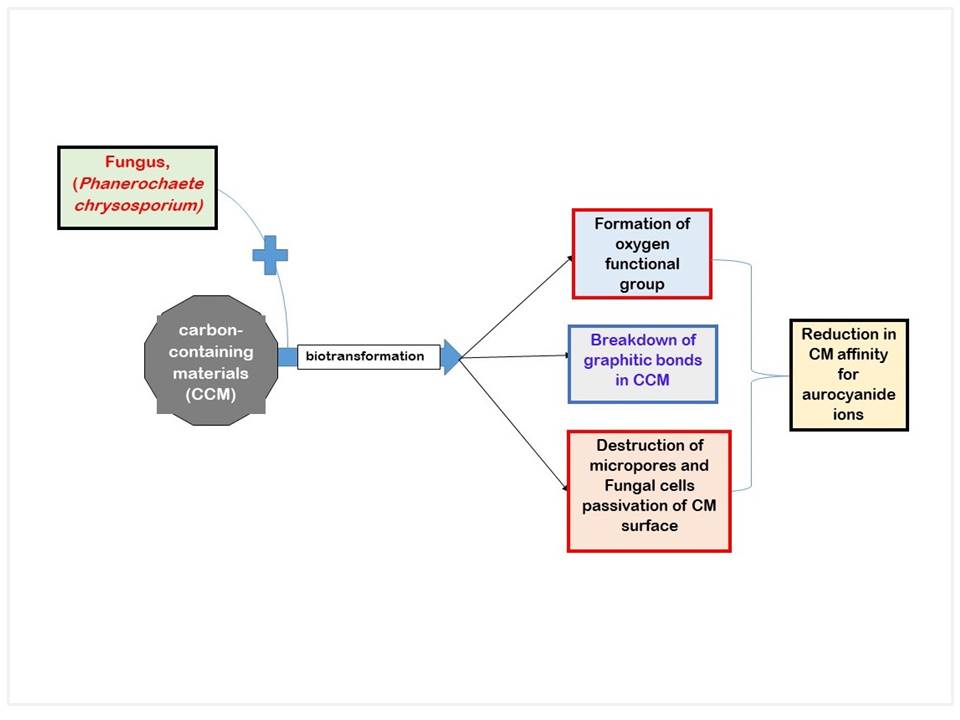Chemical Science & Engineering Research
Title
Mycohydrometallurgy Review - Part 1: Preg-Robbing Reduction in Carbonaceous Materials in Double Refractory Gold Ores Using Phanerochaete chrysosporium
Authors
Grace Ofori-Sarpong and Clement K. Owusu
Department of Minerals Engineering, University of Mines and Technology, Tarkwa, Ghana
*Corresponding author E-mail address: gofori-sarpong@umat.edu.gh(Grace Ofori-Sarpong); cowusu@umat.edu.gh (Clement K. Owusu)
Article History
Publication details: Received: 16th July 2020; Revised: 15th August 2020; Accepted: 17th August 2020; Published: 21st August 2020
Cite this article
Ofori-Sarpong G.; Owusu C.K. Mycohydrometallurgy Review - Part 1: Preg-Robbing Reduction in Carbonaceous Materials in Double Refractory Gold Ores Using Phanerochaete chrysosporium. Chem. Sci. Eng. Res., 2020, 2(5), 1-9.

Abstract
To contribute to research efforts in pretreatment processes, “mycohydrometallugy” was introduced into the literature of hydrometallurgy in 2010 by employing the fungus, Phanerochaete chrysosporium in a “one-pot” process, to pre-treat carbonaceous and sulphidic materials usually encountered in refractory gold ores, with the ultimate aim of enhancing gold extraction. Several mycohydrometallurgical studies have been conducted over the past ten years, and this paper presents a review of the findings reported on carbonaceous materials, with recommendations for future research directions. Qualitative assessment of fifteen direct articles and twenty auxiliary ones revealed an agreement in the findings that biotransformation by P. chrysosporium results in preg-robbing reduction in all the carbonaceous materials (CM) used as surrogates. Statistical analysis of the secondary data revealed a mean preg-robbing reduction of 33% to 79% with a standard deviation of 4 to 26, depending on the CM type. Techniques such as XRD, Raman, NMR, FTIR and XANES showed reduced aromaticity and increased oxygen content, while TEM and SEM exhibited increased amorphous nature of CM. Porosity measurements also demonstrated a general decrease in surface area and micropore volume, but increase in pore diameter. The findings largely agree that the oxidative enzymes of P. chrysosporium break graphitic bonds in CM, destroy micropores and introduce oxygenated-functional groups, while fungal metabolites passivate the surface of CM. The resultant effect is a decrease in the affinity of CM for aurocyanide ions. With this milestone achieved, future research should focus on increasing the efficiency of enzyme extraction and kinetics of the pre-treatment processes.
Keywords
Review; Phanerochaete chrysosporium; Carbon-containing materials; Characterisation; Preg-robbing reduction